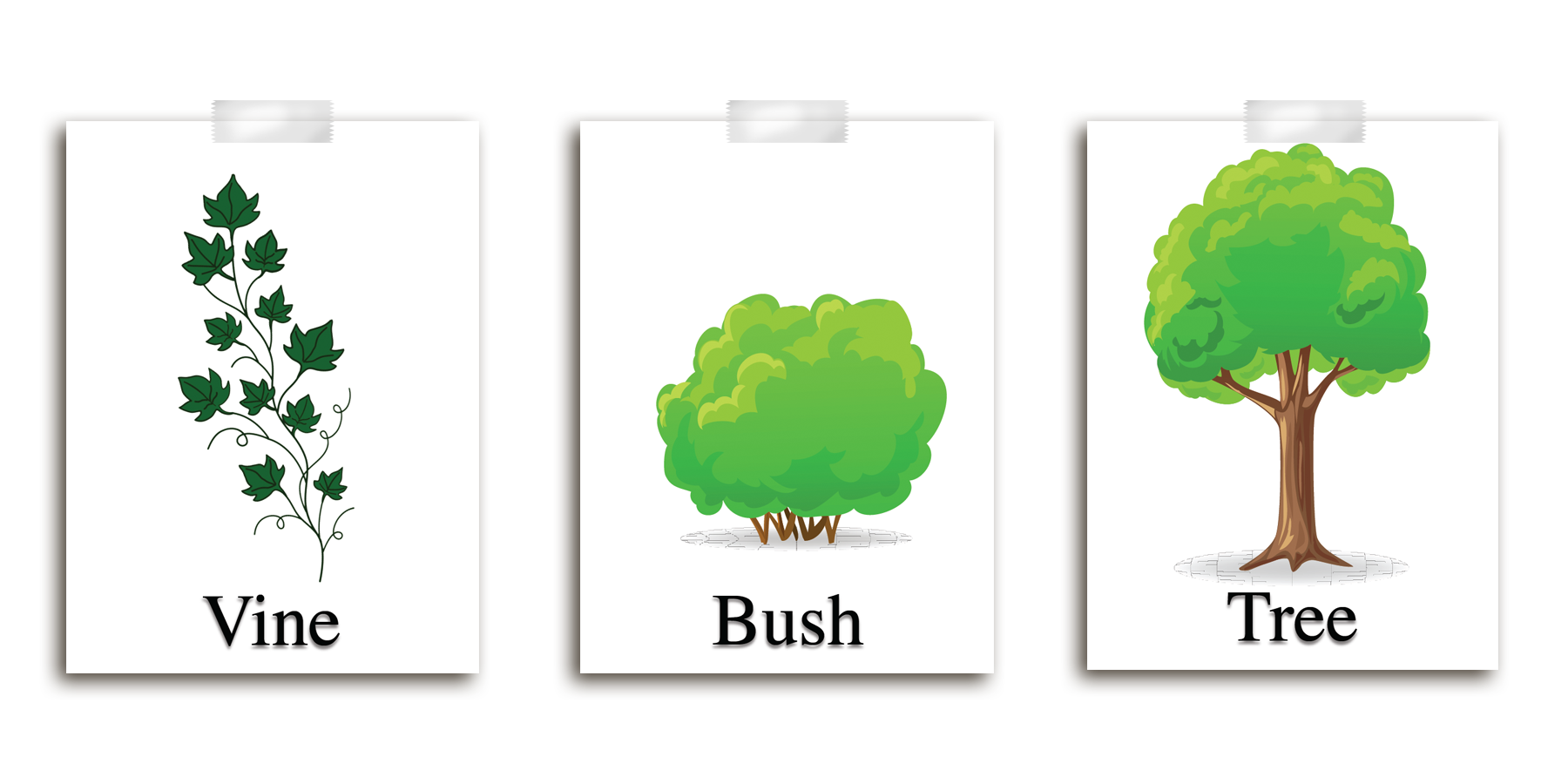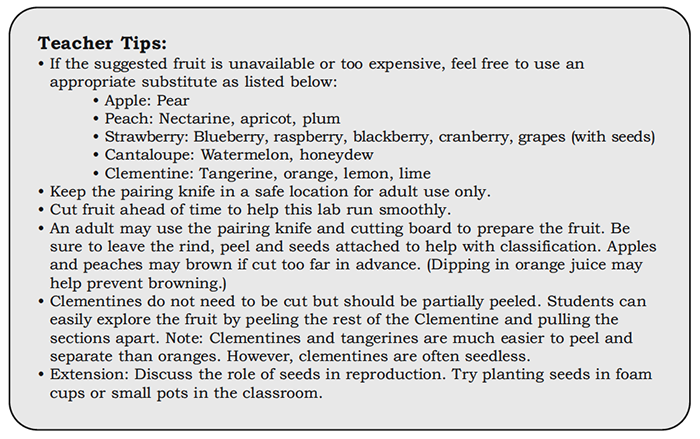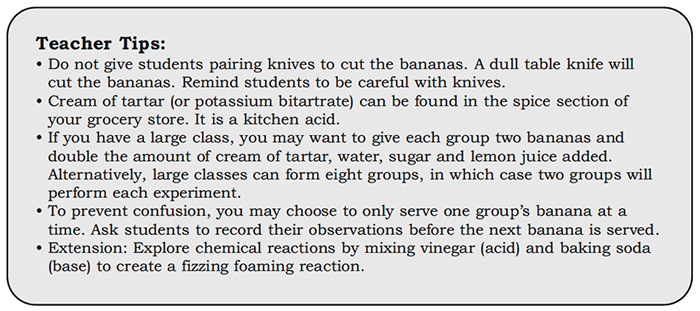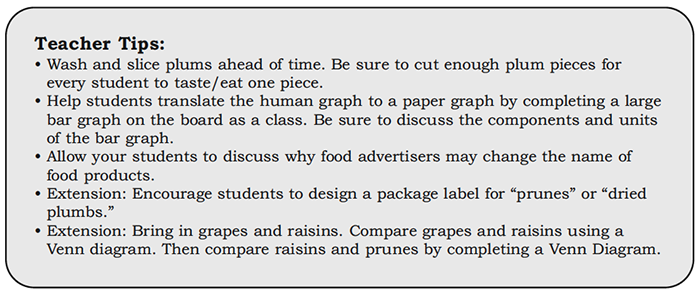Introduction to FoodMASTER:
FoodMASTER (Food, Mathematics and Science Teaching Enhancement Resource) is a compilation of programs aimed at using food as a tool to teach mathematics and science. It is our theory that if food is used as a tool to teach mathematics and science, students will be better prepared to demonstrate and apply mathematic and scientific knowledge. Because students encounter food on a daily basis, they have preexisting contextual experiences preparing them for learning new and relevant mathematics and science material.
Food is conducive to hands-on and virtual, inquiry-based, active learning that uses multiple senses to engage students in the learning process. Utilizing food allows for an interdisciplinary approach to learning concepts and ideas in a variety of scientific subjects like general science, biology, chemistry, microbiology, nutrition and health. Additionally, food labs are a dynamic way to teach mathematics concepts such as numbers and operations, algebra, geometry, measurement and problem solving.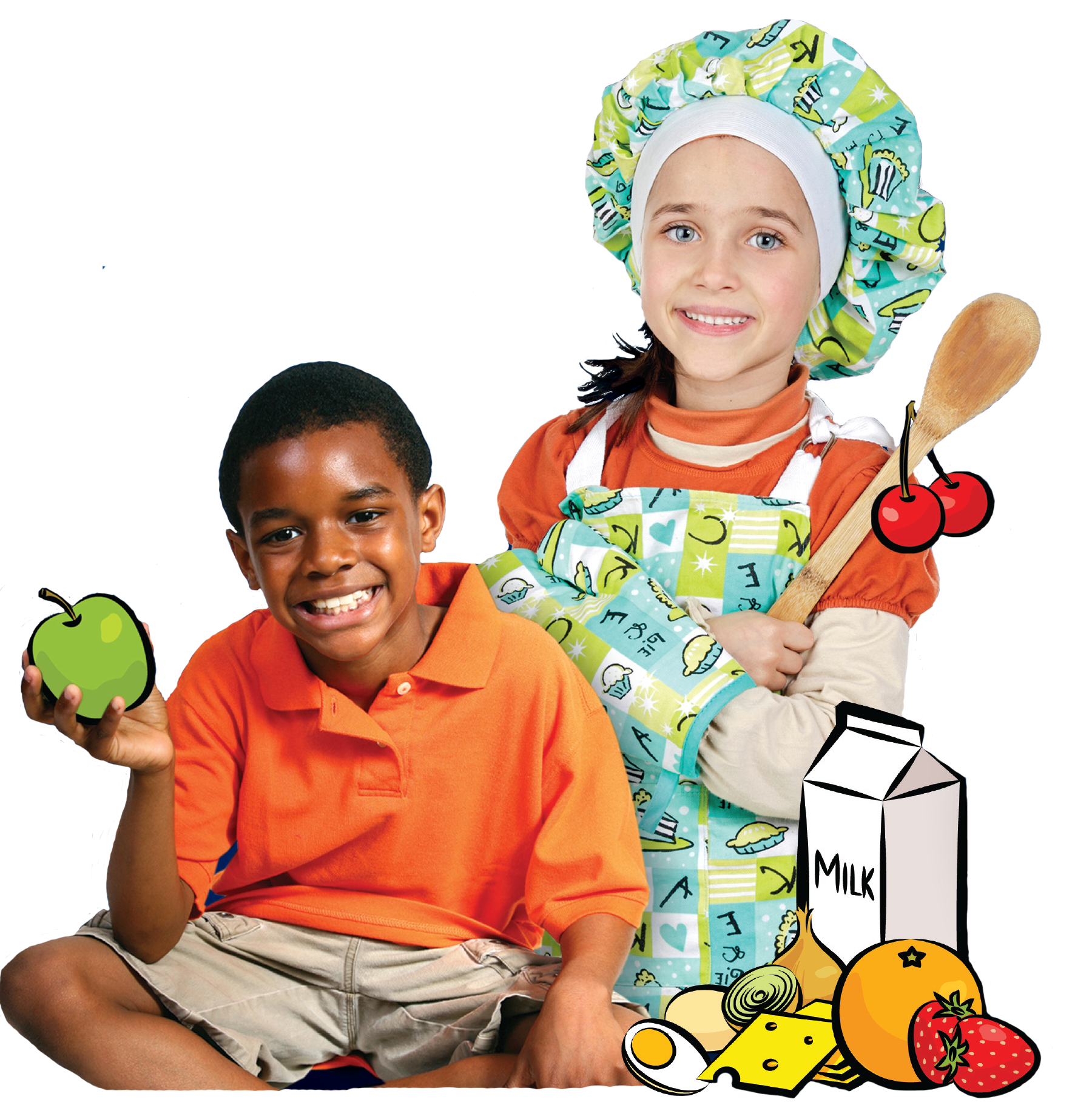
The knowledge and skill development that can be inspired by the FoodMASTER approach is limitless. Proper use of measurement tools, data collection and interpretation, application and generalization, classification and organization, graphing and comparative analysis, understanding chemical changes, observing functions of ingredients and controlling variables, pricing, critical thinking, self-directing learning, and team building are only a few of the potential knowledge and skill development areas for intermediate grade students experiencing FoodMASTER’s scientific inquiry labs.
Additional FoodMASTER Lessons
Additional FoodMASTER lessons can be found to cover health and nutrition topics such as:
Background for this Lesson:
Fruits are sweet plant parts that we eat. There are many different groups of fruit. There are pomes, drupes, berries, melons and citrus fruits. Most Americans do not eat the variety or amount of fruits that they need for healthy living. For this reason, it is important to learn about the nutrition and science of fruits.
In this lesson, students will:
- be able to name five fruits and represent fruits and their parts pictorially;
- complete a fruit facts table and classify fruits into five groups;
- identify environmental changes that can affect browning of fruit and name a kitchen acid;
- Students will be able to describe an example of a chemical reaction and conduct an experiment, record data and draw reasonable conclusions;
- time reactions, name examples of dried fruit, and describe the process of making prunes;
- draw a bar graph, complete a Venn diagram; and
- recognize that advertisers may change the name of food products to make them sound more appealing.

